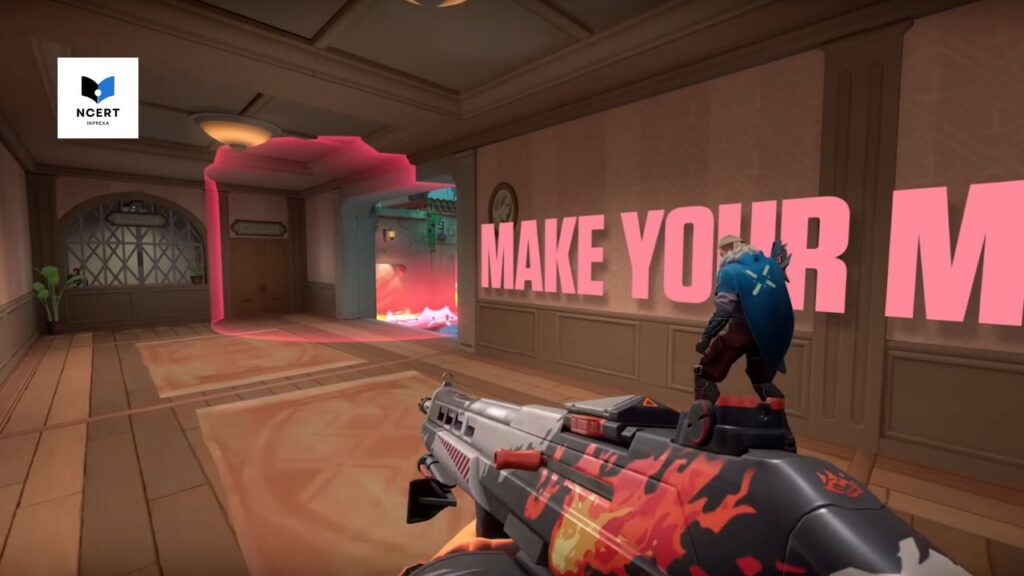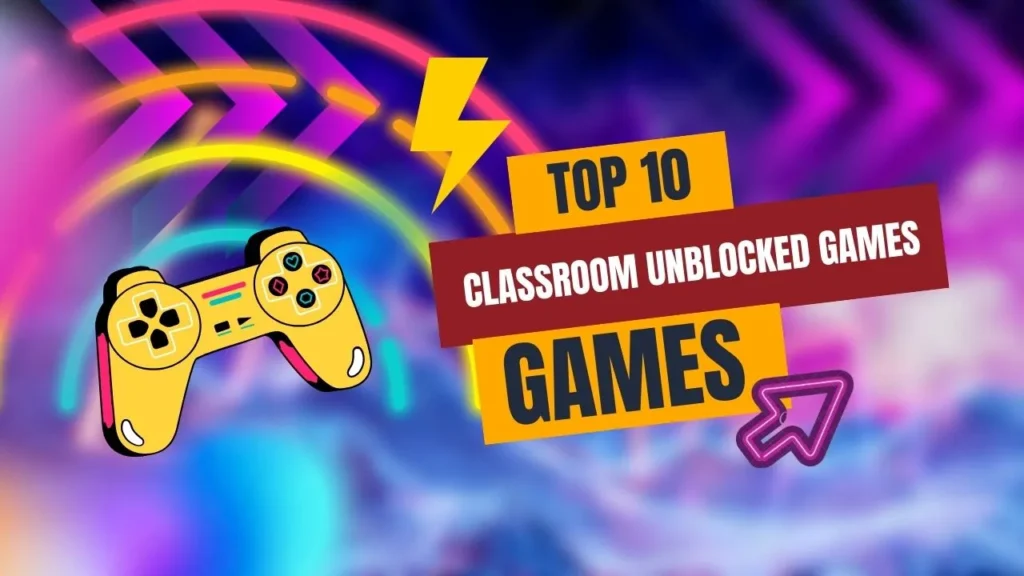Valorant is a free-to-play, 5v5 character-based tactical shooter developed and published by Riot Games, released on June 2, 2020, for Microsoft Windows. It successfully combines the precise gunplay of traditional tactical shooters with unique, character-specific abilities.
In my first few matches, I noticed how mastering even one agent’s abilities dramatically changes how you approach each map.
| Name | Valorant |
|---|---|
| Developer | Riot Games |
| Release Date | June 2, 2020 |
| Genre | Hero Shooter, Tactical FPS |
| Mode | Multiplayer |
| Platform | Microsoft Windows |
Core Gameplay: Objectives and Economy
Valorant is played through a first-person perspective in a best-of-25 format, where the first team to win 13 rounds secures the match.
Objective
Teams switch roles after 12 rounds:
- Attackers: Must deliver and plant the Spike (the bomb) at one of the designated bomb sites. If the Spike detonates after 45 seconds, the attacking team wins the round.
- Defenders: Must prevent the Spike from being planted or defuse it after it has been planted.
- Elimination: If one team eliminates all members of the opposing team, they win the round regardless of the Spike status.
From my experience, rounds can feel completely different depending on your team’s coordination and individual agent choice.
Economy (Credits)
Every player starts with a Classic pistol. Credits are the in-game currency earned from kills, wins, and losses. These credits are used at the start of each round to purchase weapons (sidearms, SMGs, rifles, snipers), shields (Light/Heavy Armor), and Agent abilities.
Game Modes Overview
Valorant features a wide variety of modes, each with unique rules and duration:
| Game Mode | Rounds/Objective | Key Difference | Duration (Approx.) |
|---|---|---|---|
| Unrated | Best-of-25 (First to 13) | Standard ruleset, no impact on rank. | 30–40 Minutes |
| Competitive | Best-of-25 (Requires “Win by Two”) | Requires Account Level 20. Uses MMR system for ranking (Iron to Radiant). | 45+ Minutes |
| Swiftplay | Best-of-9 (First to 5) | Shortened Unrated match with reduced play time and rounds. Sides swap after Round 4. | ~15 Minutes |
| Spike Rush | Best-of-7 (First to 4) | Every Attacker gets a Spike; all players receive a random weapon and full abilities (excluding Ultimates). | 7–12 Minutes |
| Deathmatch | 40 kills or 9 minutes | Free-for-all mode focused solely on gunplay. Instant respawn; health/ammo instantly replenished on kill. | 9 Minutes |
| Team Deathmatch | 100 kills or 9.5 minutes | Team-based combat on specific maps (Piazza, District, Kasbah). Agents use their abilities. | 9.5 Minutes |
| Replication | Best-of-9 | Team votes for one Agent; all five players on the team play as that Agent. Weapons and shields reset each round. | ~20 Minutes |
| Escalation | Best-of-12 levels (Gungame) | Teams progress through 12 predetermined weapons/abilities. Win by clearing all levels or being highest after 10 minutes. | 7–10 Minutes |
| Premier | High-stakes Competitive | 5v5 team league with a pick-and-ban map system. Requires phone verification and competitive MMR to play. | Varies |
Agent Classes and Roles
Agents are categorized into four classes, defining their primary tactical role on the battlefield.
| Class | Primary Role | Core Objective | Key Examples |
|---|---|---|---|
| Duelist | Entry/Fragger | Create space and secure the first kill on a site. Their abilities enable aggressive pushes. | Jett, Phoenix, Reyna |
| Initiator | Information/Prep | Use utility to clear corners, blind enemies, and prepare the site for the Duelists. | Sova, Breach, Skye |
| Sentinel | Defense/Flank Watch | Lock down sites on defense and prevent enemy rotations or flanks on attack. | Killjoy, Cypher, Sage |
| Controller | Area Denial | Block line-of-sight with smokes or manipulate areas with debilitating effects. | Viper, Omen, Brimstone |
From playing multiple agents, I realized switching between a Duelist and Sentinel offers completely different pacing and stress levels – it helps you understand team synergy better.
Valorant currently offers 22 agents. Five agents are unlocked by default for new players, including Jett, Phoenix, Sova, Breach, and Brimstone.
Tactical Weapon Breakdown
Weapons are critical, and mastery involves knowing each firearm’s optimal range and utility.
| Weapon Category | Example | Strengths & Role | Strategic Tip |
|---|---|---|---|
| Pistol | Sheriff | High-risk, high-reward revolver. Rewarded for accurate headshots at mid-range. | Excellent for eco-rounds; prioritize headshot aim. |
| Ghost | Silenced, better control than Classic. Ideal for holding quiet corners on save rounds. | Preferred on light-buy rounds for its stability. | |
| SMG | Spectre | Versatile, low-recoil option for close-to-mid range. Highly effective when moving. | Excellent for force-buys or tight map sections (e.g., Split B Site). |
| Rifle | Vandal | One-tap headshot kill at any range. High recoil that requires precise control. | Standard for long-range duels and players with strong crosshair placement. |
| Phantom | Full damage fall-off past 30m, but has a higher rate of fire and a silenced spray. | Preferred for close-range sprays and Controllers who use smokes/close-quarter plays. | |
| Sniper | Operator | High-cost, one-shot body kill at any range. | Used for locking down long, open sightlines (e.g., Breeze, Ascent middle). |
Pro Tactical Tips (Actionable Advice)
To truly improve in Valorant, focus on these core tactical mechanics:
1. Crosshair Placement
Always position your crosshair at head level while moving, specifically where an enemy’s head is most likely to appear. This eliminates the need to adjust vertical aim when engaging, drastically improving reaction time.
2. Economy Management
The team should operate on similar purchase cycles:
- Full Buy: Rifles, full shields (Heavy Armor), and full abilities.
- Force Buy: Half-shields (Light Armor) and cheap rifles/SMGs (Spectre/Bulldog).
- Save/Eco: Only purchase a Sheriff or Ghost to save money for the next full buy. Avoid buying expensive weapons if your team cannot afford a full buy on the following round.
3. Ability Sequencing
Never use abilities haphazardly. Successful site execution requires a coordinated sequence:
- Initiator uses utility (e.g., Sova Dart) for information.
- Controller uses smokes to block defensive sightlines.
- Duelist uses movement/flash ability (e.g., Jett Dash, Phoenix Flash) to enter the site.
- Sentinel plants utility to cover the flank after the site is secured.
I personally found that recording and reviewing my rounds greatly improved ability timing and crosshair placement – it’s a small habit that separates casual from competitive players.
Map Strategy Overview
Valorant features a rotating pool of maps, each defined by unique mechanics and required playstyles.
| Map | Layout & Mechanic | Atmosphere & Focus | Key Gameplay Strategy |
|---|---|---|---|
| Ascent | Three lanes with a central platform; sites linked by breakable doors. | Futuristic Italian city. | Emphasis on mid-control; losing mid often leads to losing the round. |
| Bind | Two sites connected by one-way teleporters. | Moroccan-inspired bazaar. | Requires mastering the teleporter flanks for offense and defense. Fast rotations. |
| Split | Two sites, separated by a steep central canal and vertical ropes. | Japanese metropolitan city. | Focus on aggressively holding or contesting tight choke points and vertical angles. |
| Breeze | Large, open island map with long sightlines. | Tropical paradise. | Emphasis on long-range duels and precise use of rifles/snipers due to open spaces. |
| Lotus | Three-site map with rotating doors. | Ancient Indian ruins. | Constant rotation and adapting to the changing entry points is crucial. |



